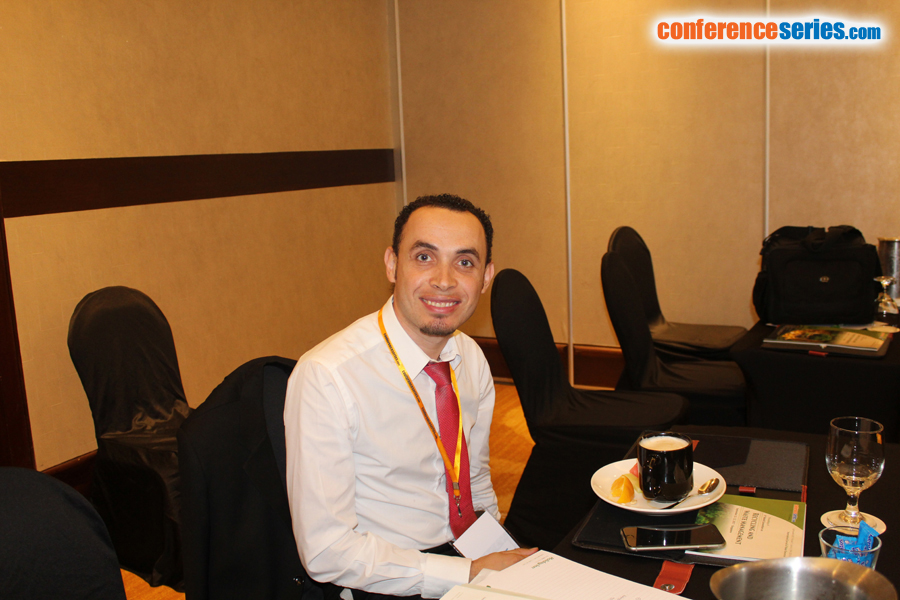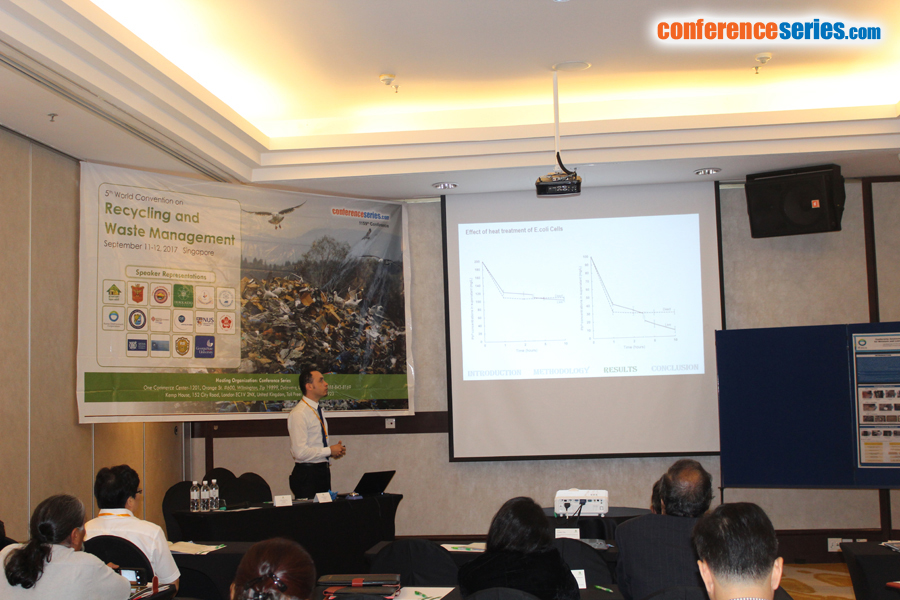
Mohamed Shehata
Hokkaido University, Japan
Title: Novel method for removal Pb+2 from drinking water using recombinant E. coli
Biography
Biography: Mohamed Shehata
Abstract
Recycling of drinking water is one the biggest concern for many of developing countries due to the shortage of clean or renewable water. Low-quality drinking water has been cited as an important factor of many of chronic and acute diseases which effects health and economic situation in different countries. In Egypt, the contamination of drinking water with heavy metals reported as a strong reason for chronic diseases such as renal failure, liver cirrhosis, hair loss and chronic anemia. The existence methods for heavy metals removal from drinking water including coagulation, flocculation or filtration are not efficient to remove some metals like Pb, Cd and Cr properly. In this work, we propose genetically modified bacteria that have an ability to adsorb low concentrations of Pb+2 from drinking water with 100% efficiency. After adsorption, bacteria could be removed from circumstance using filtration resulting in water free of Pb+2 and bacteria. Metallothionein and lead binding protein were transformed independently or together as a fusion protein with Ag43 auto transporter system to be secreted outside bacterial cells and exposed to adsorb (lead) Pb+2 from contaminated water. Antigen 43 gene (Ag43) which consists of two domains, α (secreted outside bacterial cells) and β (making a barrel structure in cell wall) has been modified as a fusion protein system. Using this ability to expose protein outside bacterial cell, we replaced α-domain of Ag43 with Metallothionein (Mt), Lead Binding Protein (LBP) or both Mt-Pb domains. After incubating the clones expressing wild type Ag43, Ag43 without α-domain (AT), AT with Mt (AT-Mt), AT with LBP (AT-Pb) and AT with Mt and LBP (AT-Mt-Pb) with water containing 100 mg/l of Pb+2, the remains amounts of Pb+2 were 32.2, 49.5, 18.1, 11.9 and 3.1 mg/l, respectively after one hour incubation and 31.17, 37.17, 7.67, 1.67 and 0.0 mg/l, respectively after 12 hours incubation. These findings considered as a promising specific and efficient method for removing Pb+2 from contaminated water.
Speaker Presentations
Speaker PPTs Click Here



